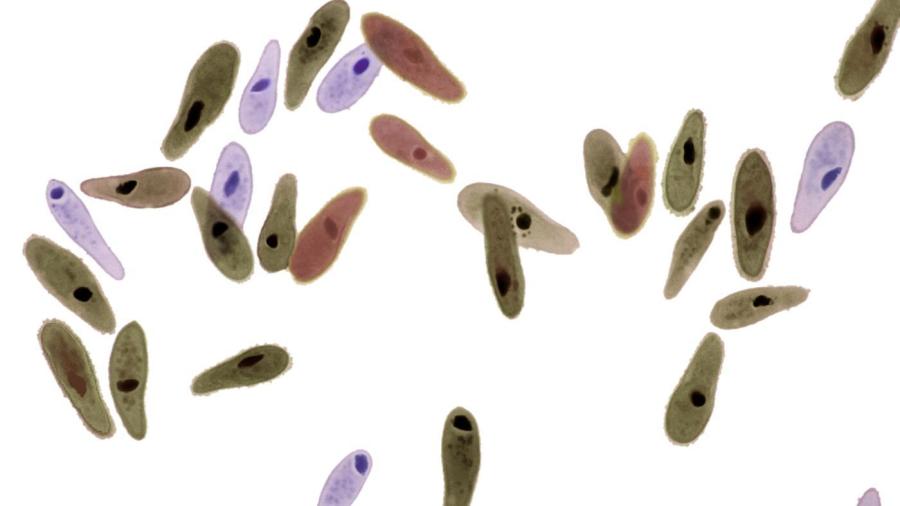What Diseases Are Caused by Paramecium?

The National Institutes of Health lists no specific diseases that are caused by a paramecium. Paramecia are part of a larger group of organisms called protozoa. While not caused by paramecia, malaria and diarrhoeal diseases such as cryptosporidiosis and giardias are due to other protozoan parasites. The CDC states that disease-causing protozoa are capable of multiplying in humans, allowing an infection to develop from a single organism.
According to the NIH, diseases caused by protozoa are transmitted both directly and indirectly. Direct transmission includes consuming contaminated food, person-to-person contact or being bitten by an infected animal such as a mosquito. Indirect transmission is a common cause of diarrhoeal diseases and includes using sewage-contaminated water for drinking, washing or preparing foods.
A paramecium is a single-celled organism that is generally the size of a period at the end of a sentence, states Encyclopedia Britannica. Depending on the species, one paramecium may appear elongated and streamlined, while another resembles a footprint. Each paramecium is covered with fine hairs called cilia, which help the paramecium move and direct food and other particles into its mouth. Wikipedia states that paramecia primarily consume bacteria, yeast and algae, and they live mostly in freshwater, stagnant ponds and marine environments.





